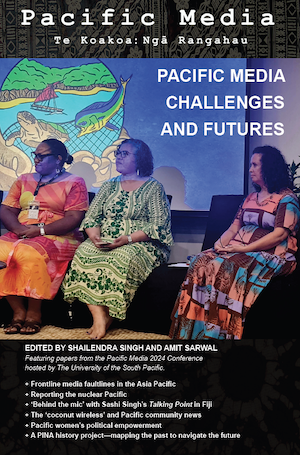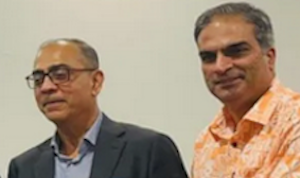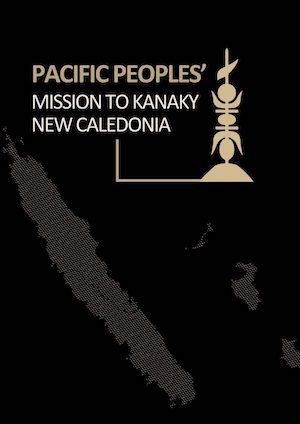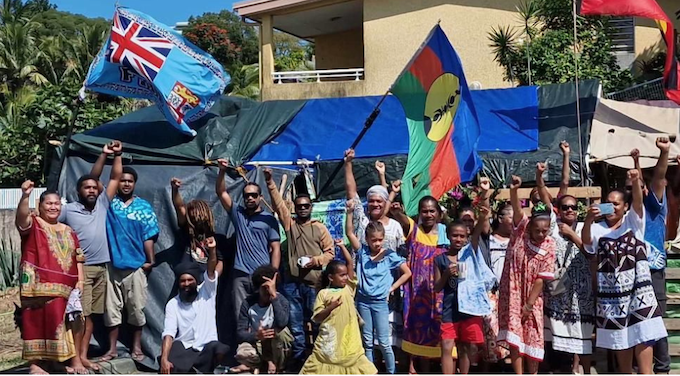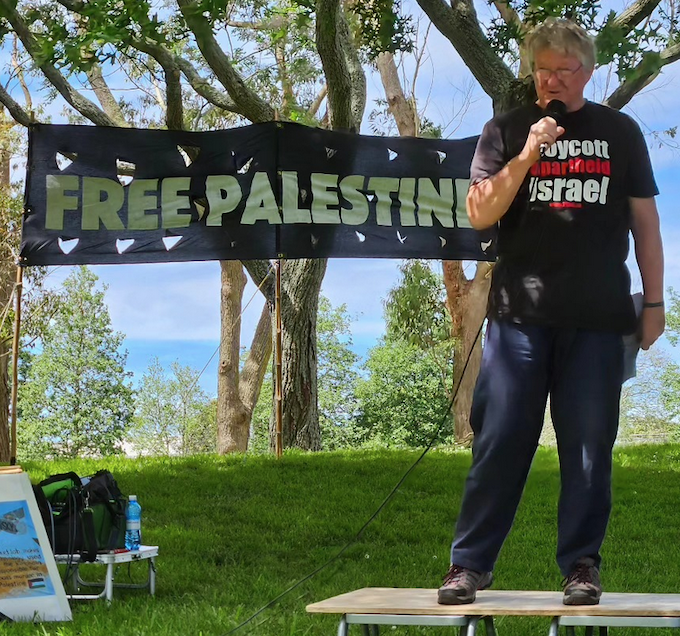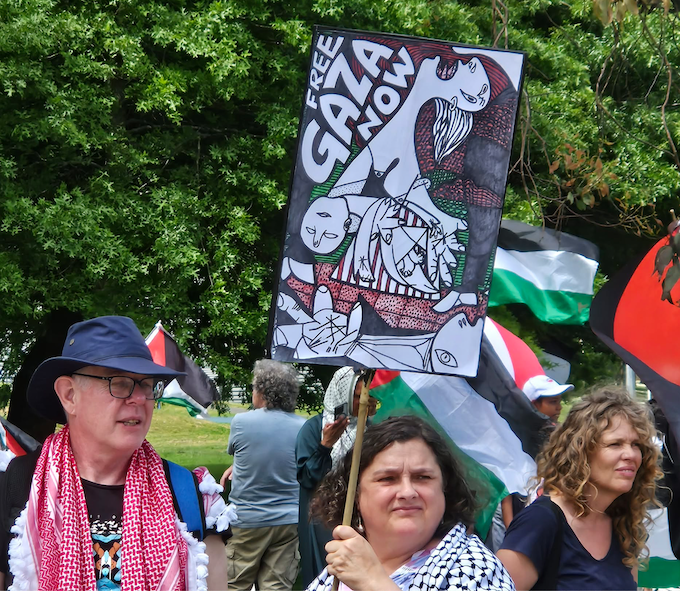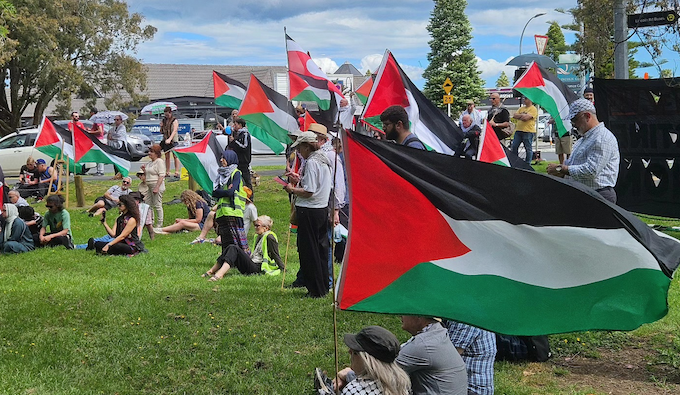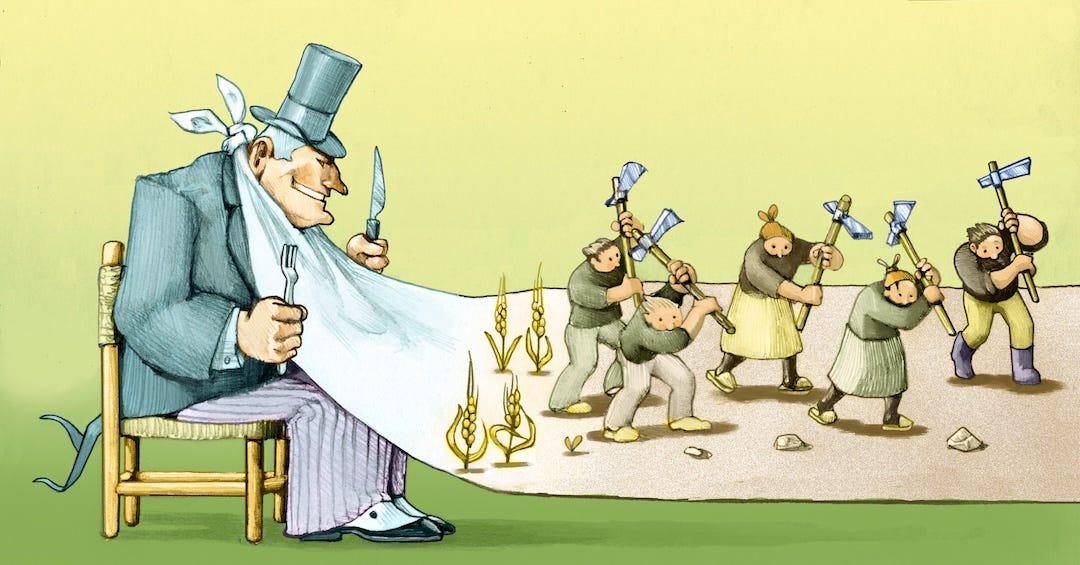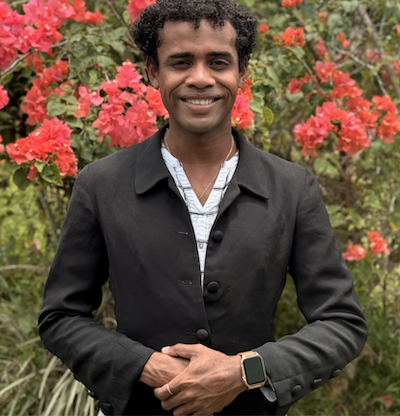It began with a revelation in The Telegraph on November 3. The paper had seen an internal memo in the BBC pointing to editing on its October 2024 Panorama programme of two parts of US President Donald Trump’s speech in January 2021. The sin was not in the editing but its liberal manner, suggesting that Trump had explicitly incited the Capitol Hill riots of January 6. Through spliced footage, Trump is initially shown promising to walk with his supporters to the Capitol where he would “fight like hell” when he had said he would walk with them “to peacefully and patriotically make your voices heard”.
The Panorama special, titled “Trump: A Second Chance?”, goes on to give the impression that flag-waving men had also converged with menacing intent after the speech. In the words of the dossier, this “created the impression Trump’s supporters had taken up his ‘call to arms,’” when the footage had, in fact, been shot before the address.
The internal leaked memo, running into 19 pages, was all the more stinging in coming from a former external advisor to the BBC’s Editorial Guidelines and Standards Committee (EGSC), Michael Prescott. The document also alleged that senior executives, including the BBC chairman Samir Shah, had given the cold shoulder to various serious complaints submitted by an advisor to the EGSC. There was a general refusal “to accept there had been a breach of standards”. Indeed, at the EGSC meeting on May 12, 2025, the corporation’s deputy director of news, Jonathan Munro, blandly asserts it as “normal practice to edit speeches into short form clips.” Nor did he see any need to balance the Trump Panorama special “with an equally aggressive look at [Democratic candidate Kamala] Harris”. In Munro’s words, there was no need “for due impartiality to have companion programmes”.
The Conservatives, scrounging for every morsel to claw back some electoral appeal, saw a gaming chance in barking at the corporation. Former Tory prime minister Boris Johnson was seething in calling the revelations a “total disgrace”. Current Tory leader Kemi Badenoch was all in favour of seeing heads roll. “The BBC license fee,” stated shadow culture secretary Nigel Huddleston, “is justified on the basis of impartiality and trust.” There could be “no justification for this kind of deliberate manipulation and the spreading of misinformation.” And, he argued, the corporation had form. “This is not the first time that evidence of bias at the BBC has emerged, but it is one of the most stark and alarming examples to date.”
Heads did roll, and not merely because of the Panorama program. The corporation has also been assailed regarding its coverage of Gaza and such topics as transgender rights. Tim Davie, the Director-General of the BBC, along with Deborah Turness, CEO of news, stepped up to the chopping block. In his statement, Davie had “been reflecting on the very intense personal and professional demands of managing this role over many years in these febrile times” allied to “the fact that I want to give a successor time to help the Charter plans they will be delivering.” Admitting merely “some mistakes” in the organisation, the BBC remained “the most trusted news brand globally.”
Turness was more explicit. “The ongoing controversy around the Panorama on President Trump has reached a stage where it is causing damage to the BBC – an institution that I love.” While taking her share of responsibility for the debacle, she remained “absolutely clear recent allegations that BBC News is institutionally biased are wrong.”
For his part, Shah preferred a letter of tardy contrition to the House of Commons Culture, Media and Sports Committee. He conceded that “the way the speech was edited did give the impression of a direct call for violent action. The BBC would like to apologise for that error of judgment.”
It had been a foolish thing to do. The Panorama mangle gift wrapped the claims of bias to British politicians and figures best exposed. It also gave the White House more grist to the mill in arguing that the Fourth Estate was not to be trusted and worthy of being hounded. Trump has already made something of a habit of raging against the American networks and successfully settling claims. In December last year, ABC News settled a lawsuit with Trump in which it agreed to give $15 million to Trump’s presidential library. Trump claimed that anchor George Stephanopoulos had inaccurately asserted on-air that he had been liable for raping E. Jean Carroll.
In July, Paramount settled with Trump’s legal team to the sum of $16 million also intended for the future Donald Trump Library. CBS’s parent company had folded under pressure, despite frivolous claims regarding editorial decisions on a CBS interview with Democratic presidential nominee Kamala Harris in 2024. The settlement was undoubtedly helped along by the presence of Trump’s Federal Communications Commission appointee Brendan Carr.
Such settlements can only sully the networks and their news divisions. CBS news anchor John Dickerson is hard to fault in points made in his Reporter’s Notebook segment: “Can you hold power to account when you’ve paid it millions? Can an audience trust you when you’ve traded away that trust?”
With the BBC admitting to error, and a few high-level resignations, Trump’s desire to extend his bullying approach to a foreign broadcaster has been stirred. His lawyers seek three actions from the corporation: a retraction of the documentary, an apology, and compensation. Failing to do this, legal action for $1 billion in damages will be sought.
The chastening question in all of this was why the Panorama crew even felt the need to splice and adjust footage, despite being aware that news coverage, at least of the BBC brand, must be above reproach. The corporation’s former North America editor Jon Sopel, aware of Trump’s snarling disposition to the press, summed it up: “You do not leave any room for error; you just have to be scrupulous.” Trump is more than able to do the work for documentary makers without elaborate abridgments or forced edits, very much a man capable of being hoisted by his own petard. Unfortunately, those in the news business just can’t help themselves.
The post The BBC’s Foolish Gift to Donald Trump first appeared on Dissident Voice.This post was originally published on Dissident Voice.

